Armonk’s Dr. Nan Miller discusses Heroin in Westchester

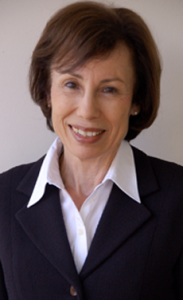 Armonk’s Dr. Nan Miller discusses Heroin in Westchester: Heroin has hit the suburbs. Google “heroin Westchester” and you will find an endless stream of headlines about a new suburban heroin epidemic. In fact, according to a 2014 study published in JAMA Psychiatry 90% of today’s users are white and 75% live outside urban areas.
Armonk’s Dr. Nan Miller discusses Heroin in Westchester: Heroin has hit the suburbs. Google “heroin Westchester” and you will find an endless stream of headlines about a new suburban heroin epidemic. In fact, according to a 2014 study published in JAMA Psychiatry 90% of today’s users are white and 75% live outside urban areas.
We sat down with Dr. Nan Miller of Mt. Kisco Partners in Prevention to discuss teen heroin use. She told us 4% of New York State high school students use heroin. Do the math and figure out how many Greeley, Fox Lane or Byram Hills students are using if those numbers hold true locally.
Is heroin use really an epidemic in the suburbs?
Heroin use is epidemic in all parts of the country and it can happen to anyone’s child. No community is immune to the ravages of heroin or opioid use and addiction. Between 2007 and 2012, the number of heroin users more than doubled nationwide, according to the National Survey of Drug Use and Health.
Between 2005 and 2011 in New York State, the percentage of high school students who reported using heroin more than doubled from 1.8 % to 4%, according to the Center for Disease Control (CDC) and Prevention’s Youth Risk Behavior Survey,
What about other opiates?
Prescription drug overdoses are also prevalent. Think of all the headlines about celebrity deaths from drug overdoses. The most recent was pop star Prince, according to media reports. According to the CDC, 78 Americans die every day of an opiate drug overdose, and more than half are from doctor-prescribed medications like Percocet, Vicodin, Oxycontin, and Fentanyl.
How does it start?
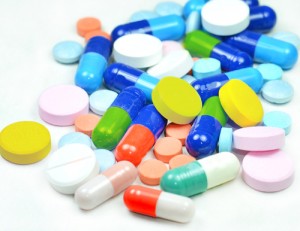 Teens rarely start their drug habit with heroin. They usually start with tobacco, alcohol, marijuana, or prescription drugs. According to the National Institute of Health, 75% of heroin treatment patients reported that their first opioid was a prescription drug.
Teens rarely start their drug habit with heroin. They usually start with tobacco, alcohol, marijuana, or prescription drugs. According to the National Institute of Health, 75% of heroin treatment patients reported that their first opioid was a prescription drug.
Parents should be cautious when their children suffer a sports injury or when they have major dental work. Make sure the pain medications and dosages their physician’s prescribe are necessary. Don’t be afraid to discuss limits and alternative pain management techniques with your children’s doctor or dentist. One encounter with painkillers can be a game changer.
Take underage drinking, smoking and marijuana use seriously, as early intervention can help prevent addiction.
What are the warning signs?
Parents should be on the lookout for changes in attitude or personality. Have they changed friends or places they hang out? Teens who are using drugs often avoid contact with family or “old” friends. They may drop activities or sports or show disinterest in things they once enjoyed. It may be difficult to separate normal teen mood swings from those caused by drugs or alcohol. So parents need to be vigilant. Teens with a drug habit often steal to pay for their drugs. They use deceptive tactics to cover their drug use.
Who’s most susceptible?
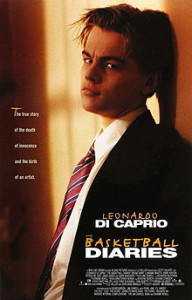 We think the face of addiction is the stereotypical person who has failing grades, gets suspended from school and gets in trouble with law enforcement. It’s not. All teens are susceptible.
We think the face of addiction is the stereotypical person who has failing grades, gets suspended from school and gets in trouble with law enforcement. It’s not. All teens are susceptible.
We recently presented a forum called the New Face of Heroin. It highlighted the fact that heroin users can be the star athlete, the straight A student or the most popular kid in school. There are no boundaries and there isn’t a typical profile of who turns to heroin.
There are however some clear risk factors.They include a family history of addiction, parental abuse and neglect and environmental pressures. Mental illness such as depression and anxiety, early initiation of alcohol or other drug use also can increase the risks for teens to turn to heroin.
How hard is the road to recovery?
Addiction is a difficult disease to conquer but recovery is possible. Families may encounter numerous rehab stints, temporary successes, and heartbreaking relapses. It is important to get support through this process. It is also why prevention is so vitally important.
What can parents do?
Parents should educate themselves and their teens about the dangers of drug use and set clear expectations that they repeat often to their children. Studies show that parents who talk to their children about the dangers of drug and alcohol use have a significant impact on their children’s attitudes about drugs.
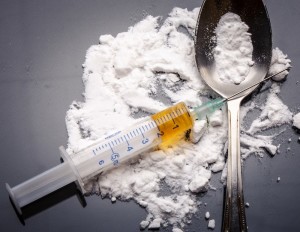 You should Inventory and lock up prescription medications. Especially opioid painkillers, depressants, and stimulants. Dispose of unused, unwanted or expired prescription medications properly. Drop them off at the local prescription drug collection drop box or at one of Westchester County’s special collection days that are held twice a year.
You should Inventory and lock up prescription medications. Especially opioid painkillers, depressants, and stimulants. Dispose of unused, unwanted or expired prescription medications properly. Drop them off at the local prescription drug collection drop box or at one of Westchester County’s special collection days that are held twice a year.
Speak to physicians and dentists about any family history of addiction, non-narcotic pain treatment alternatives, and other concerns when a teen is prescribed an opiate.
There are a number of resources available for parents who need help on the Mount Kisco Partner in Prevention website. Fox Lane High School students and parents can contact Student Assistance Counselor Heather Buono for help at 914-241-6085 or hbuono@bcsdny.org.
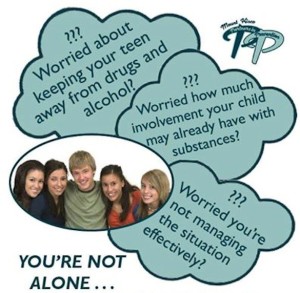 Dr. Miller is an Armonk resident with a psychotherapy and social work practice in Mt. Kisco. She is also the coordinator of Mt. Kisco Partners in Prevention (MKPP), a community alliance operating under a grant from the federal Drug Free Community Program. MKPP offers educational forums throughout the school year and disseminates information on a variety of teen substance abuse topics. For more information, visit www.mkpartners.org or contact Nan at 914-273-3251 or nanmiller@mkpartners.org.
Dr. Miller is an Armonk resident with a psychotherapy and social work practice in Mt. Kisco. She is also the coordinator of Mt. Kisco Partners in Prevention (MKPP), a community alliance operating under a grant from the federal Drug Free Community Program. MKPP offers educational forums throughout the school year and disseminates information on a variety of teen substance abuse topics. For more information, visit www.mkpartners.org or contact Nan at 914-273-3251 or nanmiller@mkpartners.org.
Read our other interviews with Dr. Miller on Alcohol, Marijuana and Prescription Drug abuse in teens.

















